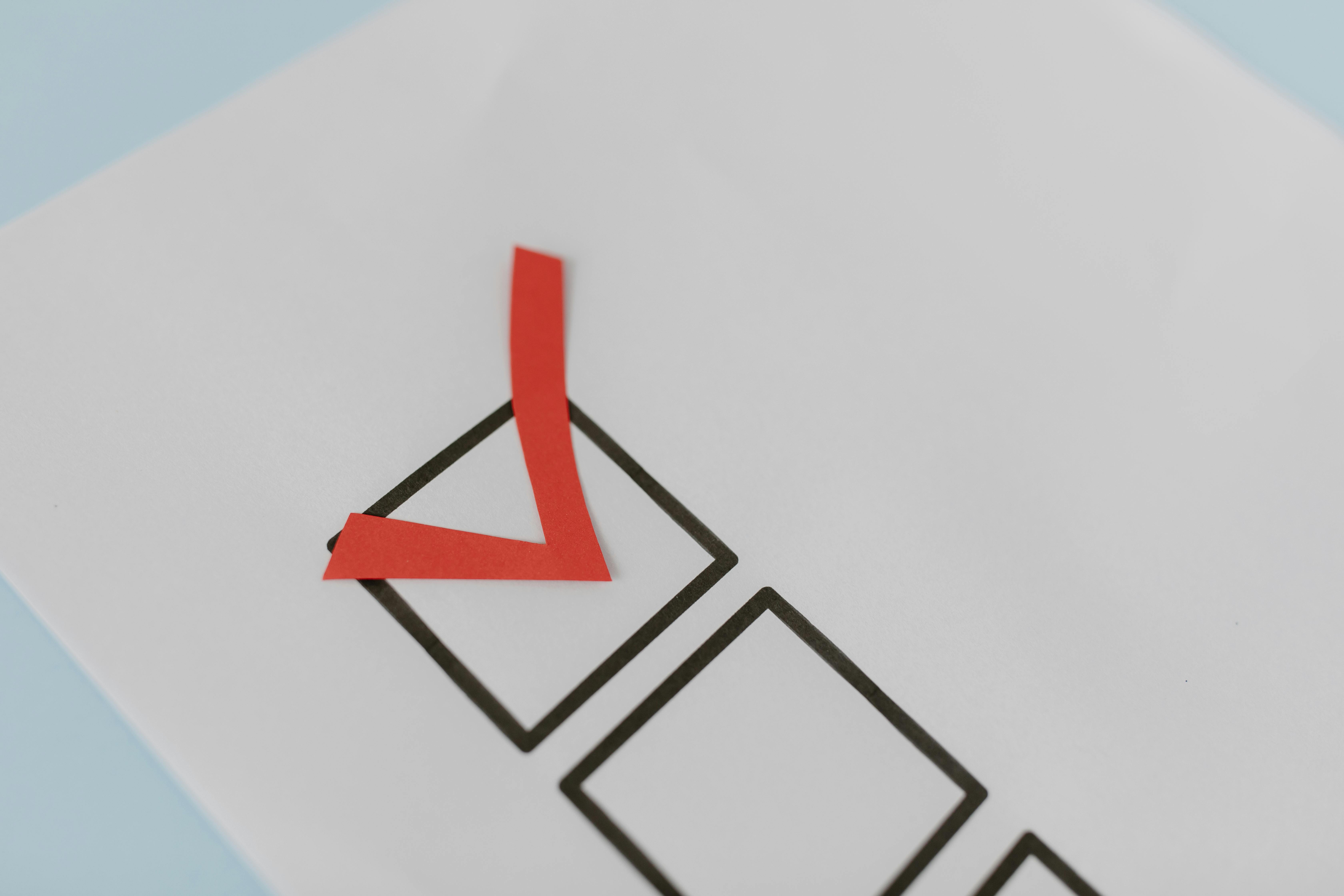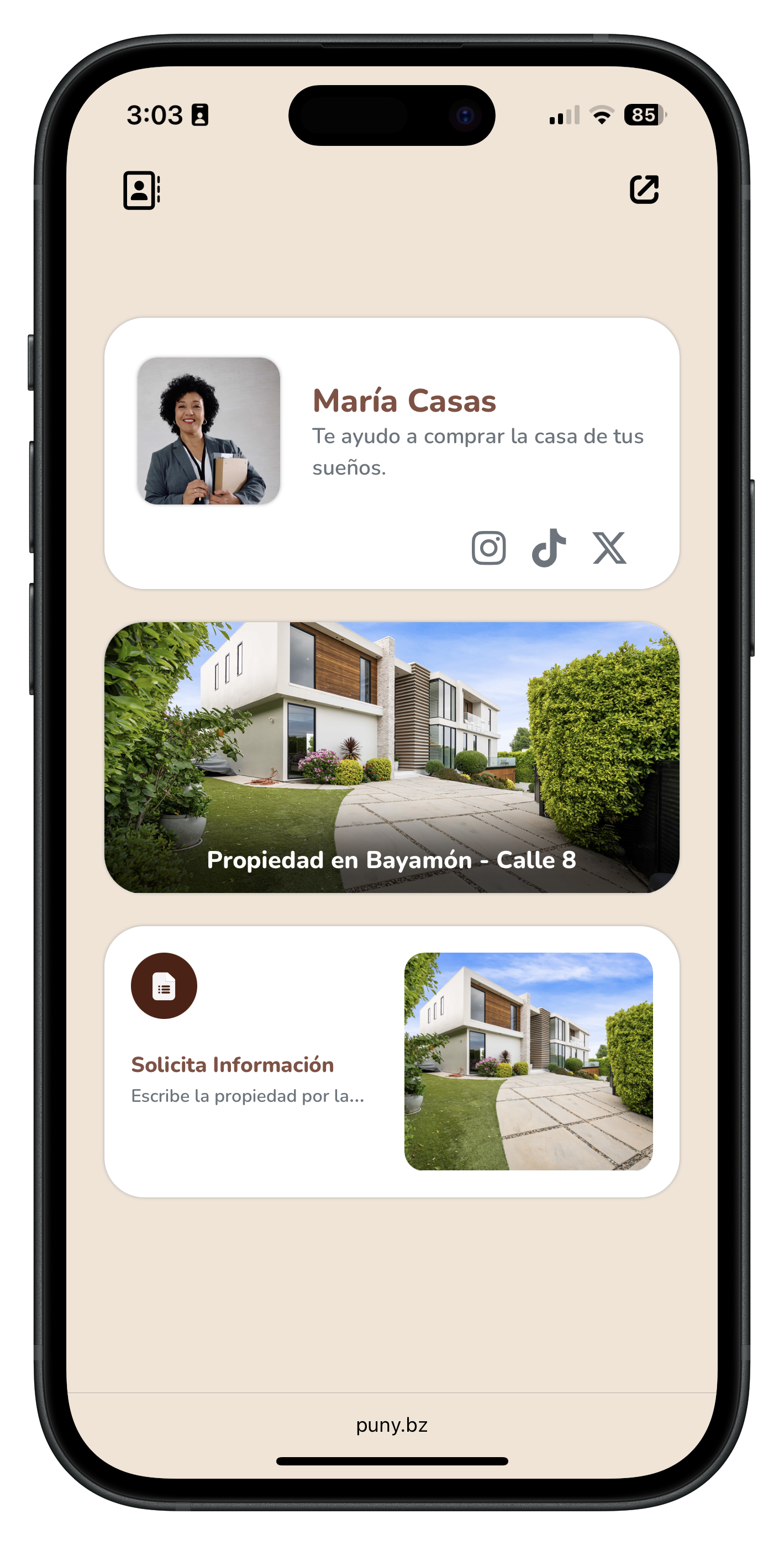Having a business idea is exciting, but how do you know if it's really worth it before investing months of work and thousands of dollars? The difference between successful entrepreneurs and those who fail isn't having the best idea, but validating it correctly from the beginning.
Validation isn't complicated, but it does require following a structured process. In this article, I give you a practical checklist you can use to determine if your idea has real potential before taking the leap.
What does it really mean to "validate" a business idea?
Validating means proving with real evidence that your idea solves a genuine problem that people are willing to pay to solve. It's not about asking family and friends if they like your idea (because they'll always say yes), but about finding objective proof of market demand.
Validation saves you:
- Time: You don't build something nobody wants
- Money: You don't spend on unnecessary development or inventory
- Energy: You focus on real opportunities with traction
Validation Checklist: 8 Steps to Know if Your Idea is Viable
✅ Step 1: Define the specific problem you solve
What to do? Write in one clear sentence what exactly is the problem your product or service solves.
Good example: "Freelancers lose 3-4 hours weekly sending manual quotes to potential clients" Bad example: "People need more productivity"
Positive signals:
- You can explain the problem in 30 seconds
- It's specific and measurable
- It affects a defined group of people
✅ Step 2: Identify who has this problem (your ideal customer)
What to do? Define exactly who your ideal customer is with specific demographic and psychographic characteristics.
Useful tools:
- Create a detailed profile (age, job, income, motivations)
- Identify where they spend time online
- Understand how they currently solve this problem
Positive signals:
- You can describe your customer in detail
- You know where to find them
- You have access to this audience
✅ Step 3: Research if solutions already exist
What to do? Look for direct and indirect competitors. Competition is a positive signal (confirms there's demand), but you need to understand the landscape.
Key questions:
- What options do people currently have?
- Are they satisfied with existing solutions?
- What complaints do they have about current alternatives?
Positive signals:
- Competition exists but with clear weaknesses
- Customers complain about specific limitations
- There's room for real differentiation
✅ Step 4: Talk to real potential customers
What to do? Conduct 10-15 interviews of 15-20 minutes with people who could be your customers.
Effective questions:
- "What's your biggest frustration with [situation related to your solution]?"
- "How do you currently solve this problem?"
- "How much time/money does this problem cost you monthly?"
- "If there was a solution that [describe your proposal], would you use it?"
Positive signals:
- They confirm the problem exists
- They show genuine interest in a solution
- They're willing to pay to solve it
✅ Step 5: Create a minimum version to test
What to do? Develop the simplest possible version of your idea to test with real customers.
Options by business type:
- Service: Offer the service manually to 3-5 customers
- Digital product: Create a basic prototype or landing page
- Physical product: Use tools like Puny.bz to create a simple store and test demand before producing
The key: Don't seek perfection, seek minimal functionality that solves the core problem.
✅ Step 6: Test if people are willing to pay
What to do? The definitive test is whether potential customers are willing to pay, not just use your product for free.
Validation methods:
- Pre-sales: Sell before creating (especially effective for services)
- Landing page with price: Measure how many click "Buy"
- Paid version: Charge even a symbolic price from day 1
Positive signals:
- People pay without much persuasion
- There's willingness to pay prices that generate profitable margins
- Customers refer others without being asked
✅ Step 7: Analyze the basic numbers
What to do? Make sure the fundamental numbers work from the beginning.
Essential calculations:
- Customer acquisition cost: How much does it cost to get a customer?
- Customer lifetime value: How much money does an average customer generate?
- Margins: What's the difference between costs and selling price?
- Payback time: How long does it take to recover the investment per customer?
Positive signals:
- Customer lifetime value is at least 3x the acquisition cost
- You have healthy margins (minimum 40-50% for services)
- You can scale without proportionally increasing costs
✅ Step 8: Evaluate your execution capacity
What to do? Be honest about whether you have the skills, resources, and motivation to make it work.
Self-assessment questions:
- Do you have the necessary skills or can you acquire them quickly?
- Do you have the required initial capital?
- Are you willing to dedicate the necessary time?
- Are you excited to work on this for the next 2-3 years?
Positive signals:
- You have core skills or a clear plan to develop them
- The required initial capital is within your reach
- You feel energized by the opportunity
Practical Tools to Validate Your Idea
For quick digital presence:
- Puny.bz: Ideal for creating a simple store or landing page in minutes. Perfect for validating product or service ideas without technical investment.
For structuring your plan:
- Fase1: Business program from Puerto Rico's Science, Technology and Research Trust that offers educational modules on entrepreneurship fundamentals, idea generation, and market validation through Fase1 Lab. Available at fase1.org
For interviews and feedback:
- Social media: Instagram, TikTok, LinkedIn (depending on your audience)
- Facebook groups: Find groups where your ideal customer is
- WhatsApp: For direct interviews with contacts
For testing demand:
- Simple landing pages: With Puny.bz you can create a page that explains your proposal and measures interest
- Social media posts: Post your idea and measure genuine engagement
- Google Forms: To capture emails from interested people
When do you know your idea is validated?
Your idea is validated when you have evidence that:
- The problem is real and urgent for a specific group of people
- They're willing to pay for your solution
- The financial numbers work (you can be profitable)
- You have access to your potential customers
- You can execute the solution with your current resources
What to do if your idea DOESN'T pass validation
Not all ideas will work, and that's perfectly fine. If your idea doesn't pass validation:
Option 1: Pivot
- Adjust your solution based on what you learned
- Change the customer segment
- Modify your value proposition
Option 2: Discard it and try another
- You've saved time and money
- Use what you learned to evaluate the next idea
- Remember: failing fast and cheap is a success
Validation is a process, not an event
Validation doesn't end when you launch your business. It's a continuous process where you keep testing and adjusting based on real customer feedback.
Remember: The goal isn't to prove your idea is perfect, but to quickly discover if it's worth pursuing. The best business ideas are those that solve real problems profitably.
Do you already have an idea you want to validate? Start with Step 1 of the checklist and share with us in the comments how it goes. Proper validation is the difference between an expensive hobby and a successful business.
Did you like this content? Share it with other entrepreneurs who could benefit from this validation checklist. Remember: a well-validated idea is the first step toward a successful business.




